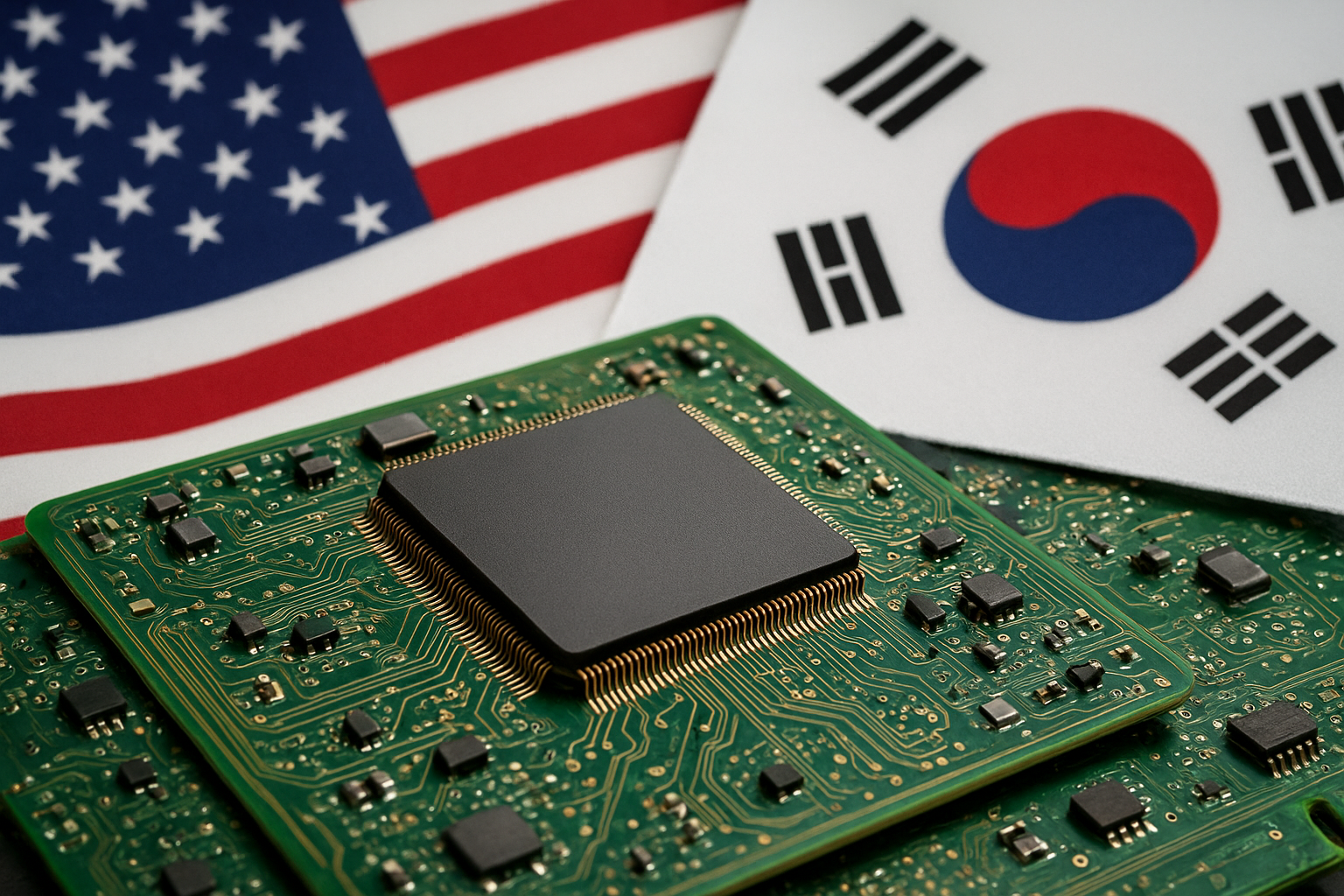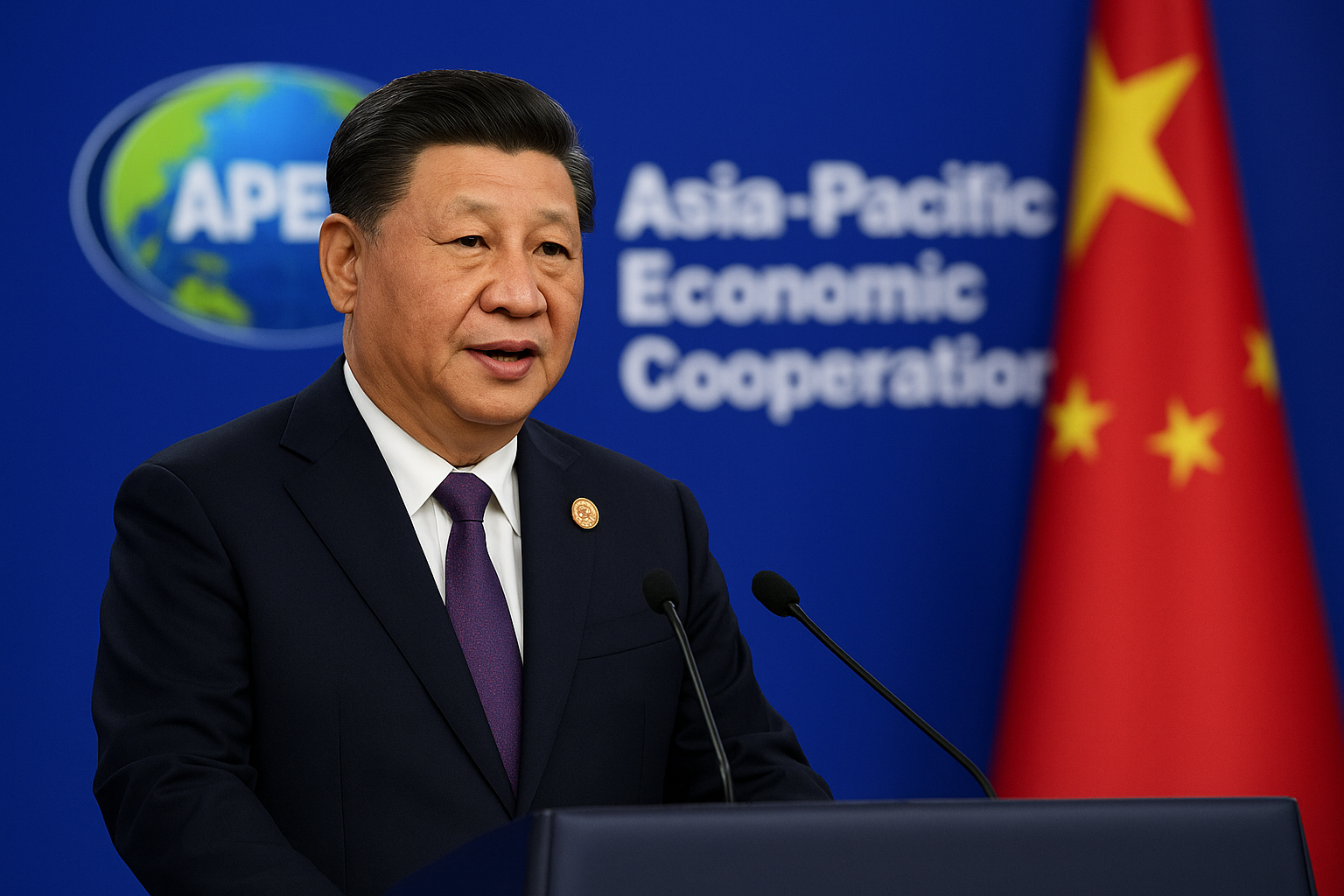The semiconductor race has become one of the most critical battlegrounds of the 21st century. In a groundbreaking move, the U.S. government has taken an $8.9 billion equity stake in Intel, signaling a bold new chapter in American industrial policy. Rather than relying solely on subsidies and tax breaks, Washington is now directly investing in one of its most important technology companies—a shift that could redefine how investors approach the semiconductor sector.
A Bold Step in Industrial Policy
For decades, U.S. policymakers leaned on private enterprise and market forces to drive innovation. But with semiconductors now deemed as essential to national security as oil was in the 20th century, the government is rewriting the playbook.
The White House stated that the Intel stake is designed to accelerate the build-out of advanced chip manufacturing capacity on U.S. soil. This includes new fabrication plants (fabs) in Arizona, Ohio, and Oregon—projects that will reduce dependence on foreign suppliers and protect critical supply chains vulnerable to geopolitical risks.
This approach stands in contrast to the CHIPS and Science Act of 2022, which focused on grants and subsidies. By becoming an equity holder, the U.S. government now has “skin in the game,” aligning national interest with corporate performance.
Why Investors Should Care
Intel has struggled in recent years to maintain its position against global rivals. Taiwan Semiconductor Manufacturing Co. ($TSM) continues to dominate advanced chip production, while Nvidia ($NVDA) has become the market darling of the AI era. Intel’s turnaround strategy has been slow, weighed down by manufacturing delays and execution risks.
But the $8.9 billion U.S. investment changes sentiment dramatically:
- Investor confidence: Direct government backing signals a stronger floor under Intel’s long-term competitiveness.
- Catalyst for growth: The capital injection will help accelerate Intel’s advanced process nodes and foundry services.
- Sector-wide uplift: Suppliers such as Applied Materials ($AMAT), ASML ($ASML), and Lam Research ($LRCX) could benefit from increased demand as Intel ramps up production.
Morgan Stanley analysts noted this week that the move “effectively de-risks Intel’s fab expansion,” potentially improving long-term valuations.
Future Trends to Watch
- Expansion of Government Equity Stakes
If Intel proves to be a successful case study, investors should prepare for similar moves in other strategic sectors, from green energy to aerospace. - Geopolitical Ramifications
China is unlikely to ignore this development. Beijing has been accelerating funding to its own champions like SMIC, which may intensify the semiconductor arms race. This could increase volatility but also create opportunities in supply chain resilience plays. - Policy-Driven Valuations
Direct government stakes could add a “policy premium” to stock valuations, where investors pay not only for earnings potential but also for the implied backing of the state. However, this could also amplify volatility if political winds shift. - Onshoring Momentum
The U.S. move aligns with a broader global trend of onshoring critical industries. Europe and Japan are also investing heavily in local semiconductor production. Investors should monitor ETF flows into onshoring and advanced manufacturing.
Key Investment Insight
The U.S. government’s stake in Intel is not just about chips—it’s about a broader redefinition of industrial capitalism. For investors, this creates unique opportunities:
- Intel ($INTC) may finally have the resources and political tailwinds to close its competitive gap.
- Semiconductor ETFs (e.g., SOXX, SMH) offer diversified exposure to the policy-driven rally.
- Supply chain beneficiaries such as equipment makers, construction firms, and specialty material providers may see increased contract volume.
Yet, risks remain. Over-reliance on government involvement could distort market dynamics, and any misalignment between political goals and shareholder interests could dampen returns. Investors should balance enthusiasm with caution, ensuring exposure is diversified across the semiconductor value chain.
The bottom line: The U.S. is no longer just subsidizing semiconductor manufacturing—it’s investing in it directly. For markets, this marks the start of a new era where government equity stakes could reshape how strategic industries grow and how investors capture value.
Stay ahead of the curve with MoneyNews.Today, your source for daily market intelligence and actionable investment insights.





